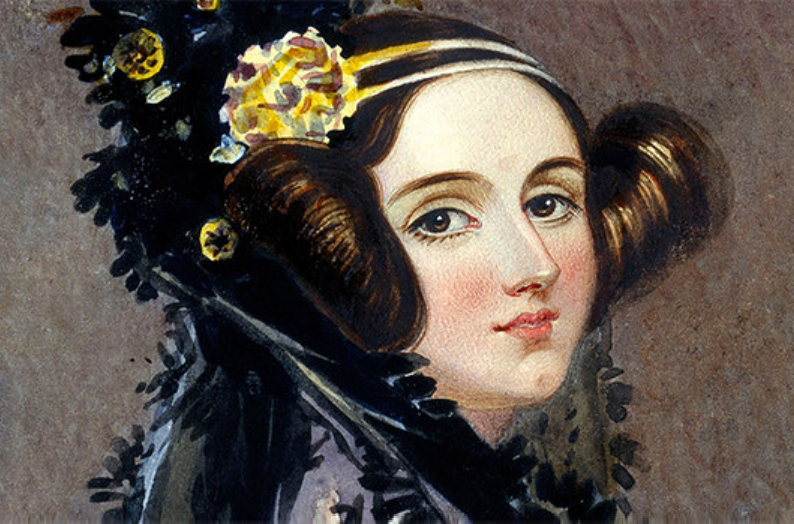Ada Lovelace was born Augusta Ada Byron on December 10, 1815 in London. She would later in life be a major influence on the world today. Ada is known as the First Computer Programmer.
Daughter of Lord Byron, a romantic poet and mathematician, and Annabella Milbanke, both members of the High British Society. Lord Byron left Annabella only four months after Ada was born. A bitter Annabella promoted Ada’s interest in mathematics to prevent her from being like her father who she perceived as “insane.”
At 18, her mathematical talents led her to a longtime working relationship and friendship with fellow Briton Charles Babbage. Charles was also a mathematician and known as the “father of computers.” She grew a particular interest in his work with the Analytical Engine. Sometimes it is all about the company you keep and the people you know, and because of her educational exploits, she found herself befriending a few more big-name scientists such as Andrew Crosse, Sir David Brewster and author Charles Dickens. This encouraged Ada to further her education.
Sometime in 1842-1843, she translated an article about the Analytical Engine by Italian military engineer Luigi Menabrea. The translations included a set of notes. Notes today play an important part in our lives, whether it’s being used at school, work or even leaving a note for your spouse and kids! Her notes included a method for calculating a sequence of Bernoulli numbers using the Analytical Engine, in complete detail. Ada’s notes were so important they were referenced in the creation of the first computer program, an algorithm designed to be carried out by a machine. With her background in poetical science, she often asked questions about Analytical Engine and examining how society may relate to technology as a tool.
Babbage’s friend Charles Wheatstone asked Ada to translate Luigi’s paper into English, which she elevated with notes. It was then added into the translation. She spent part of the year with the guidance of Wheatstone doing this. Ada’s notes were far more extensive than Menabrea’s original, and they were published in the Sept. 1843 edition of Taylor’s Scientific Memoir under the initials of AAL.
Lovelace’s notes were organized in alphabetical order from A-G; in note G she explained the algorithm to compute Bernoulli numbers. It is considered the first published algorithm ever used to be implemented on a computer. It was never completed, so it was never tested. In 1953, a century or so after Ada’s death, her notes on Babbage’s Analytical Engine were republished in addition to B. V. Bowden‘s Faster than Thought: A Symposium on Digital Computing Machines. The engine is recognized as an early model for a computer and her notes as the description of a computer and software. She emphasized the difference between Analytical Engine and calculating machines, its ability to be programmed to solve problems and potential of the device beyond number crunching.


